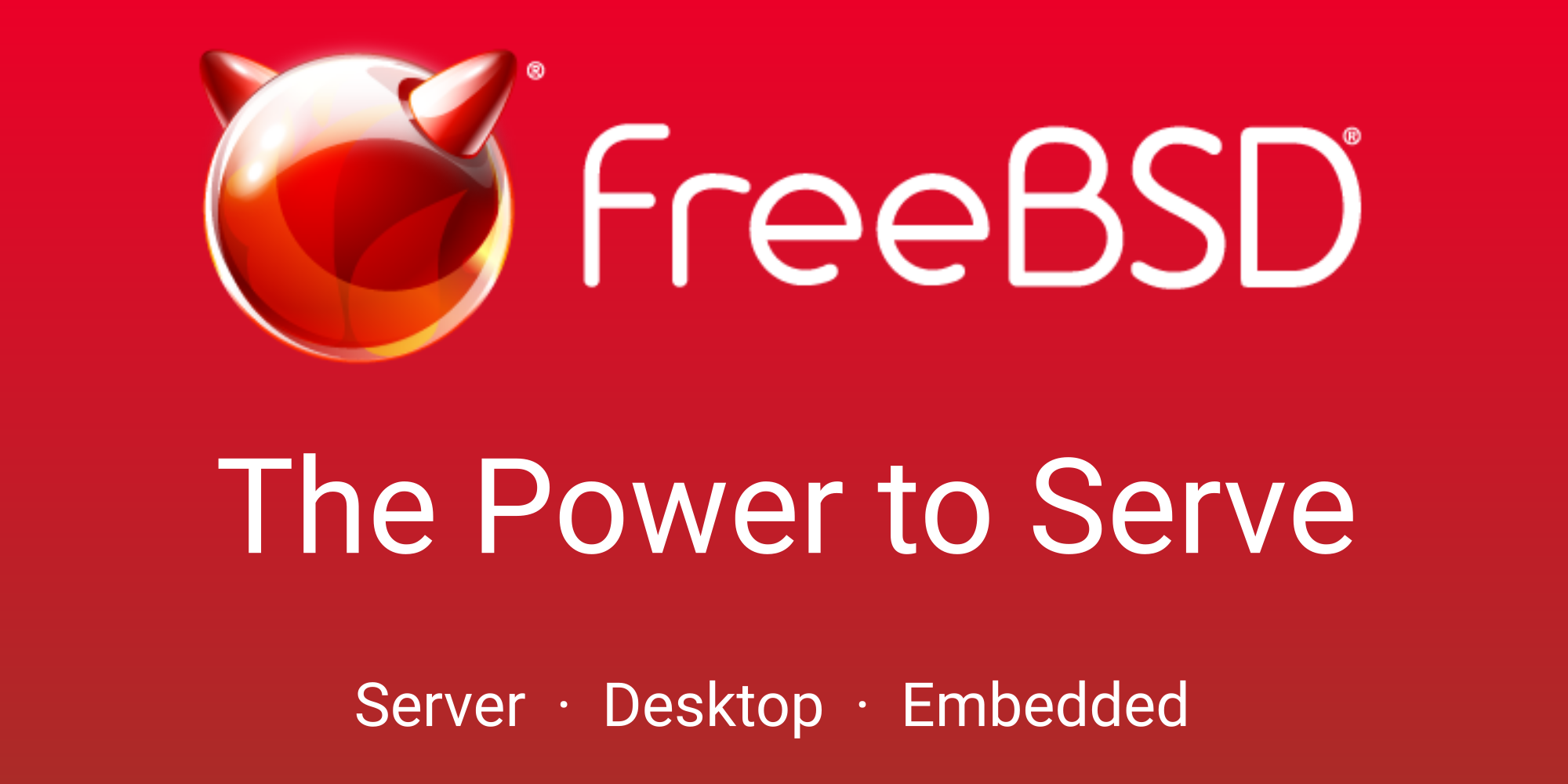First, I love the FreeBSD installer. Ever since FreeBSD 5.x, or maybe I should say as far back as I can remember, I've never had to go read how to install FreeBSD. Literally, if you can `dd` an image or use cdrecord you're good. The availability of thumb drives made it even easier.
Also, with a small bit of reading learning how the installer works is remarkably simple:
It uses gpart to create a partition table and create partitions and boot sectors written. geli is then used to encrypt the disks, and either UFS or ZFS is used to build filesystems on the resulting partitions. The root filesystem is mounted in /mnt; chroot into our new root, and the base.txz is extracted into the root. Password is set, users created, additionally src, lib32 support, man pages, and debug symbols can be extracted as well.. and you can drop into the installation to further customize before reboot.
The advantage of it's simplicity is A) its easy to customize and B) you don't actually have to use the installer.
I am not proposing we do this, but I actually think that the freebsd installer could be further simplified to a single screen asking to select disks and a geli key, create partition tables and partions, install base.txz, zfs on geli, and be done.
Back to the OP. I have the same issue with some of the older hardware I support in regards to needing firmware. I solve this problem by mounting the thumbdrive after `dd`ing onto the thumb drive and loading fiirmware and kernel modules onto the thumb drive. It would be nice to include this in the handbook and if I find some time over the holidays, I'll submit a PR.


